On the afternoon of October 14, in Ho Chi Minh City, the Central Propaganda Department, the National Assembly's Committee on Culture and Education, in coordination with the Ministry of Labor, Invalids and Social Affairs and Dai Viet Saigon College, organized a scientific workshop on "Training highly skilled human resources to meet the requirements of industrialization and modernization by 2030, with a vision to 2045".
According to college leaders, for many reasons, the low input to vocational schools in both quantity and quality makes training highly skilled human resources difficult.
38 million untrained workers
According to Mr. Le Huy Nam, Director of the Department of Education, Propaganda Department, in 2023, the rate of trained workers with degrees and certificates will be 27%. By the end of 2023, the country will still have 38 million untrained workers.
"Labor productivity is much lower than in many countries in the region. The educational level of the trained workforce in Vietnam is still low, mainly at secondary school level with 67%. Primary training level, under 3 months, still accounts for a high proportion at 75%. These statistics show a significant challenge in improving the technical expertise and skills of workers," Mr. Le Huy Nam emphasized.
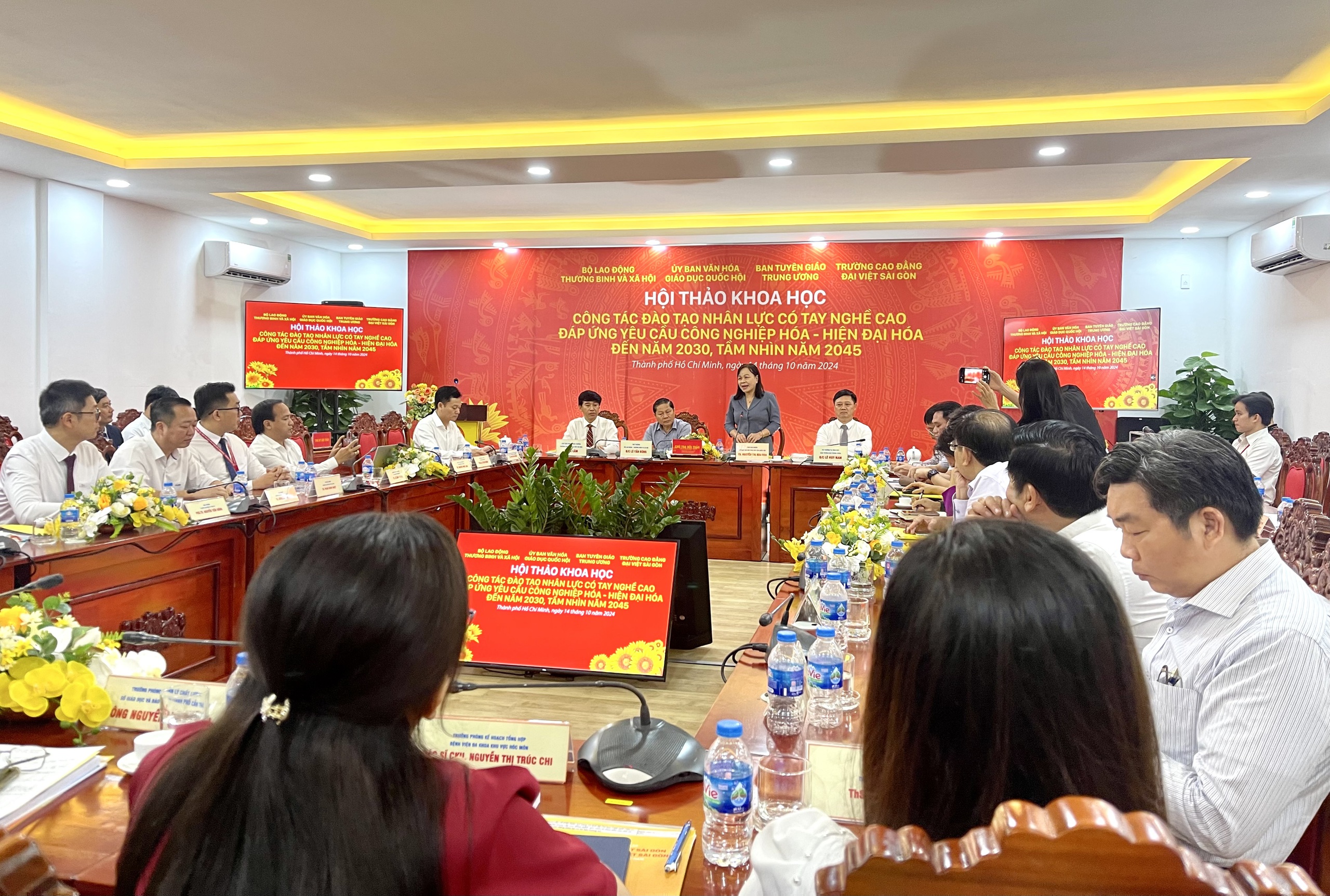
Dr. Nguyen Thi Mai Hoa, Vice Chairwoman of the National Assembly's Committee on Culture and Education, spoke at the workshop.
Mr. Nam said there are many reasons, including policies and laws that have not kept up with practical requirements, weak state management capacity, especially at the local level, and uneven training quality among training institutions.
In addition, the training program content still has many outdated elements; the relationship between training institutions and businesses is not close, mainly in creating conditions for students to practice and visit, with little participation in innovating training content and programs.
"Most vocational training institutions have difficulties in recruiting students and are stuck in implementing cultural teaching; support policies for vocational training development are not strong enough, and have not attracted many people to participate in high-tech professions...", Mr. Nam affirmed.
Therefore, according to Mr. Nam, if there is no appropriate and drastic solution, this practice will have a very negative impact on human resources, especially high-quality human resources, and lead to the risk of not achieving the goal of industrialization by 2030, with a vision to 2045.
Candidates find it difficult to fail the university entrance exam to study in college.
Dr. Le Lam, Principal of Dai Viet Saigon College, agreed that difficulties in enrollment and low input lead to difficulties in training highly skilled human resources.
"Every year, the whole country has about one million candidates, of which only 200,000 candidates do not enter university. Assuming that this number is for vocational schools, then with more than 2,000 vocational training institutions, each school has less than 100 candidates. The race with universities is no longer an 'unequal' race, but has become a 'fatiguing' race. Meanwhile, a dozen years ago, my school recruited thousands of students each year," Dr. Le Lam shared.
Mr. Lam said that because the university admission regulations allow candidates to register for n wishes, there were cases where candidates registered for Dai Viet Saigon College in the 54th wish, after registering for 53 wishes to enter the university.
"To get this candidate, we had to overcome 53 'barriers'. The chances are almost zero because it is difficult for a candidate to fail 53 university wishes to get into college. Many vocational schools have to 'pick young figs' by recruiting junior high school graduates and have to wait for 'them to pass through the sieve and into the basket', but sometimes when they reach the basket, there is nothing left to pass. Although parents and students have changed a lot in their perception of vocational training, vocational school enrollment still faces many difficulties. The resources for vocational education are almost gone," Mr. Lam exclaimed.
Dr. Dong Van Ngoc, Principal of Hanoi College of Electromechanics, said that one of the difficulties in training highly skilled human resources is that enrollment is increasingly difficult due to the constraints of the enrollment regulations of the Ministry of Education and Training. "A university has 5-6 admission methods, and candidates have 'n' wishes to enter university. Human resources seem to be mainly concentrated at the university level, causing an imbalance and making the input of vocational education very low in both quantity and quality," Dr. Ngoc acknowledged.
Solving the problem of funding for training highly skilled human resources
In addition to difficulties in enrollment, vocational school leaders said that training highly skilled human resources is very expensive, up to billions of VND/student/3 years of study. However, in response to the requirements for training highly skilled human resources from Directive 37 of the Secretariat (2014), many colleges are implementing models of cooperation with businesses to train this human resource.
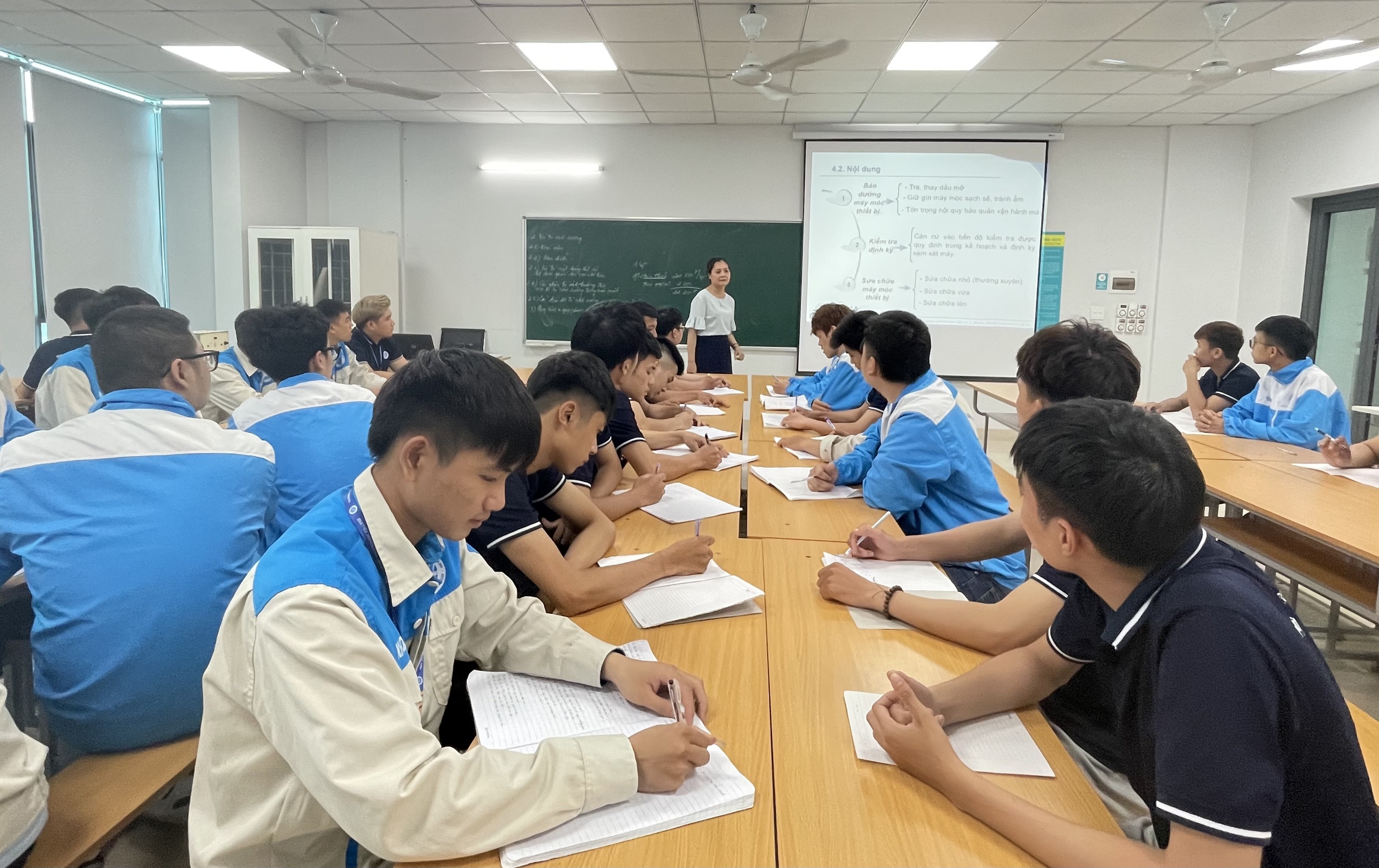
Although parents and students have changed their perception of vocational training, vocational school enrollment still faces many difficulties.
Dr. Nguyen Khanh Cuong, Principal of Lilama 2 International Technology College, said: "With a training budget of billions of VND/student/3 years of study, vocational schools can hardly meet it without investment from the state. While there is no investment, to solve the difficulty, Lilama 2 implements a training model in coordination with businesses. Accordingly, businesses participate in the process of building programs and training processes with a ratio depending on the requirements and position of the business".
Dr. Cuong said that in Germany, there is a fund contributed by businesses to participate in human resource training, demonstrating the responsibility of employers. "If the state has mechanisms and policies for businesses to participate in vocational training, this model will develop more and more and bring high efficiency. At the same time, it is necessary to unify a training model in coordination with businesses in the whole system to avoid each place having its own style," Dr. Cuong suggested.
Meanwhile, Dr. Dong Van Ngoc, Principal of Hanoi College of Electromechanics, shared his experience: "As soon as students enroll, the school will survey whether they want to work domestically or internationally, what they expect about career development opportunities, and then connect with domestic and foreign businesses. Businesses come to the school to provide career guidance, training, and solve training problems together."
According to Dr. Ngoc, the ambition and will of schools to train high-quality human resources is very great but has not been realized due to lack of resources. "The State should invest synchronously, with focus, key points, avoiding spreading. It is necessary to compare and refer to the qualification framework of ASEAN and the world, how to evaluate and recognize it".
In addition, Dr. Ngoc hopes that the state will have a flexible mechanism for vocational training institutions so that schools can be autonomous in terms of personnel and apparatus, autonomous in terms of tasks on the principle of self-responsibility before the law, with post-audit, supervision, inspection, and examination..., thereby making the training of highly skilled human resources more convenient.
Will focus investment on some industries and fields
Dr. Nguyen Thi Mai Hoa, Vice Chairwoman of the National Assembly's Committee on Culture and Education, assessed that representatives of vocational schools have contributed profound opinions from many different perspectives on the training of highly skilled human resources.
"The National Assembly will strengthen supervision, put policy mechanisms into practice, closely advise the National Assembly Standing Committee, assess the implementation status to see which stages are stuck, and which agencies are responsible. From there, recommendations and solutions will be made."
Mr. Le Tan Dung, Deputy Minister of Labor, Invalids and Social Affairs, also said that the ministry will review the system and have a mechanism to invest in and support vocational training facilities. Some industries and fields will be focused on training investment. At the same time, career guidance and streaming will be promoted.
"From today's discussions, recommendations and proposals, in the coming time, the Ministry of Labor, Invalids and Social Affairs will consult with the Party Committee, the Government and the Secretariat on training highly skilled human resources," Mr. Dung shared.
Source: https://thanhnien.vn/dat-truong-cd-o-nguyen-vong-thu-54-thach-thuc-dao-tao-nhan-luc-tay-nghe-cao-185241014222406847.htm






![[Photo] Ministry of Defense sees off relief forces to the airport to Myanmar for mission](https://vstatic.vietnam.vn/vietnam/resource/IMAGE/2025/3/30/245629fab9d644fd909ecd67f1749123)
![[Photo] Prime Minister Pham Minh Chinh chairs meeting to remove difficulties for projects](https://vstatic.vietnam.vn/vietnam/resource/IMAGE/2025/3/30/7d354a396d4e4699adc2ccc0d44fbd4f)
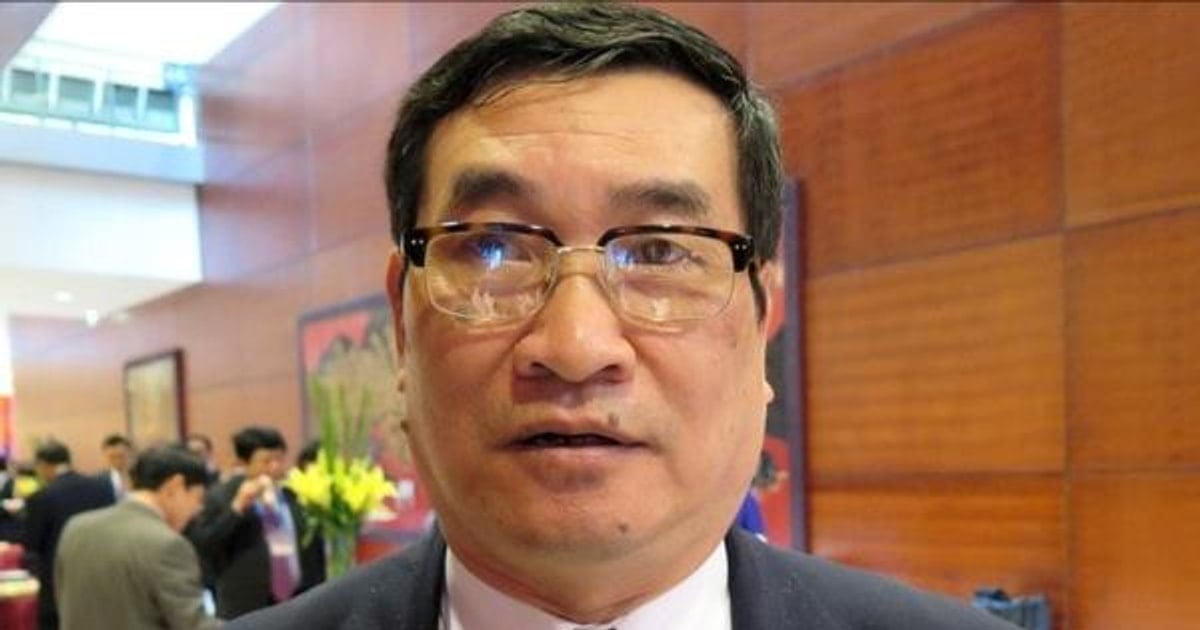



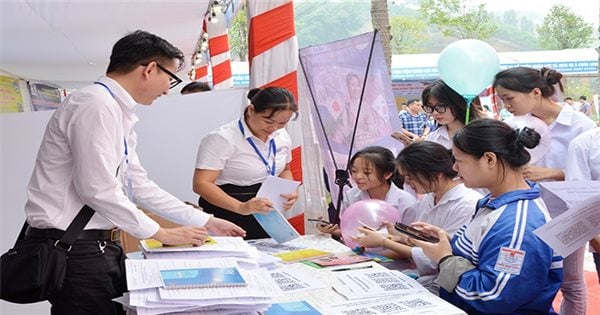

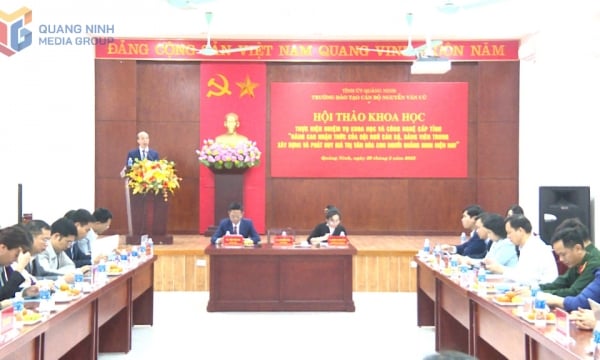



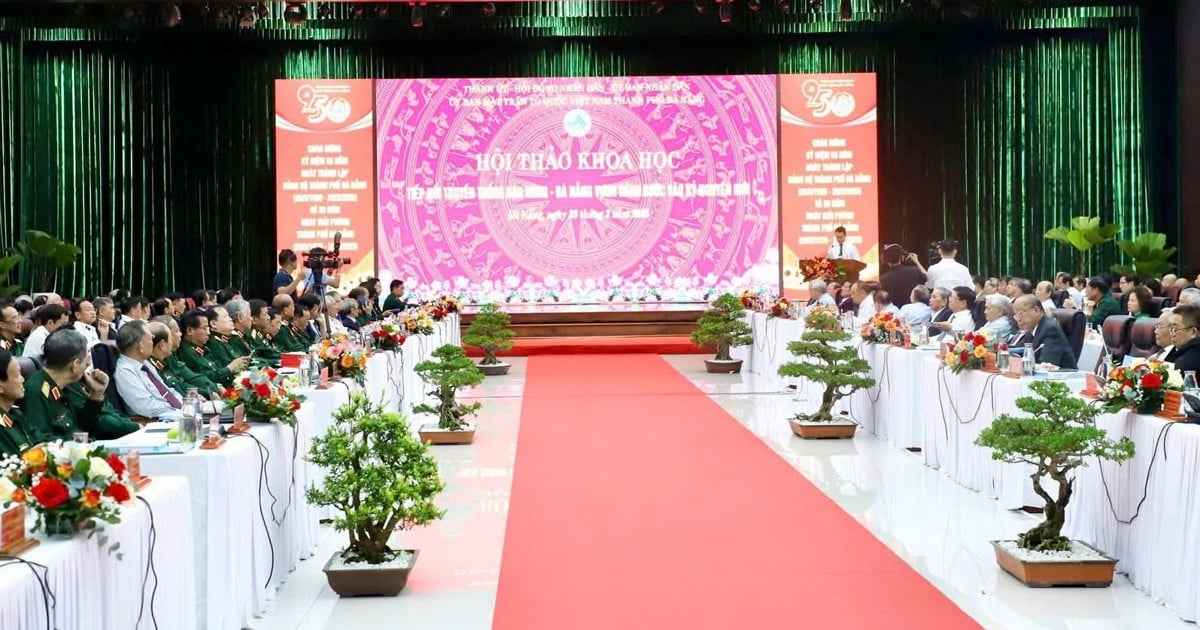

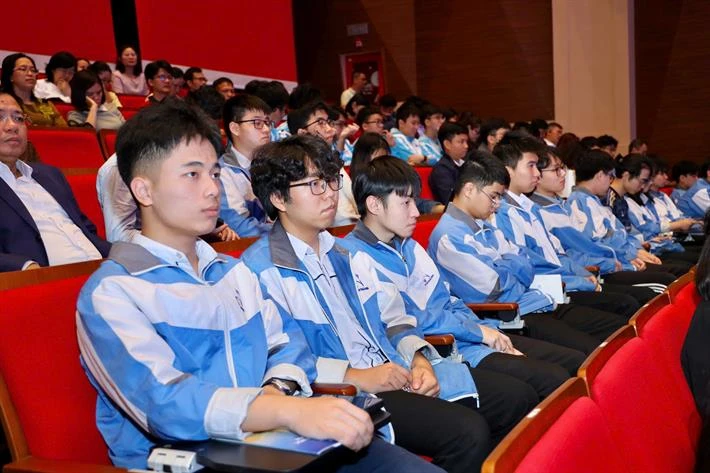
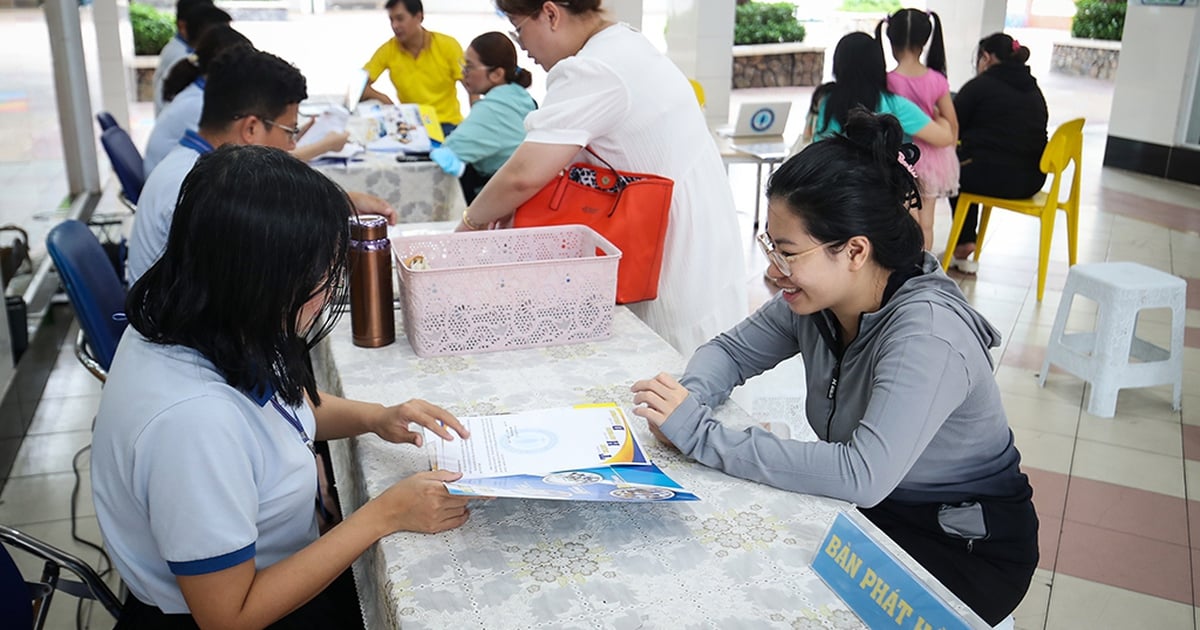
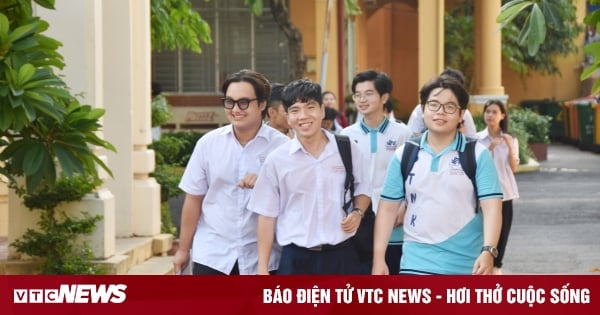

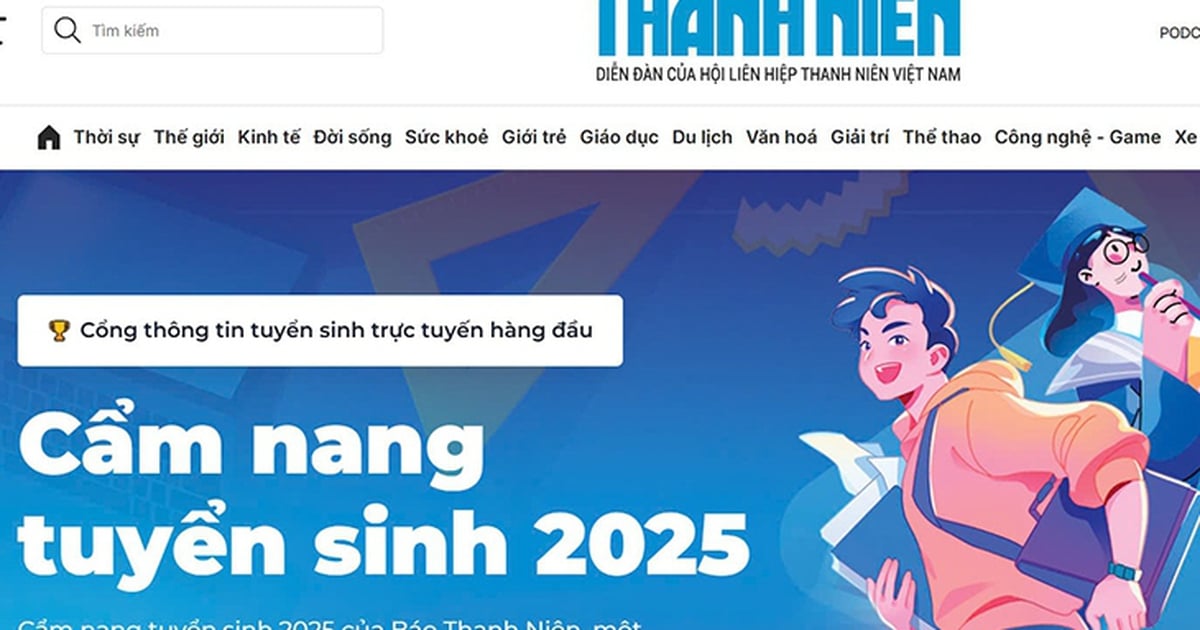







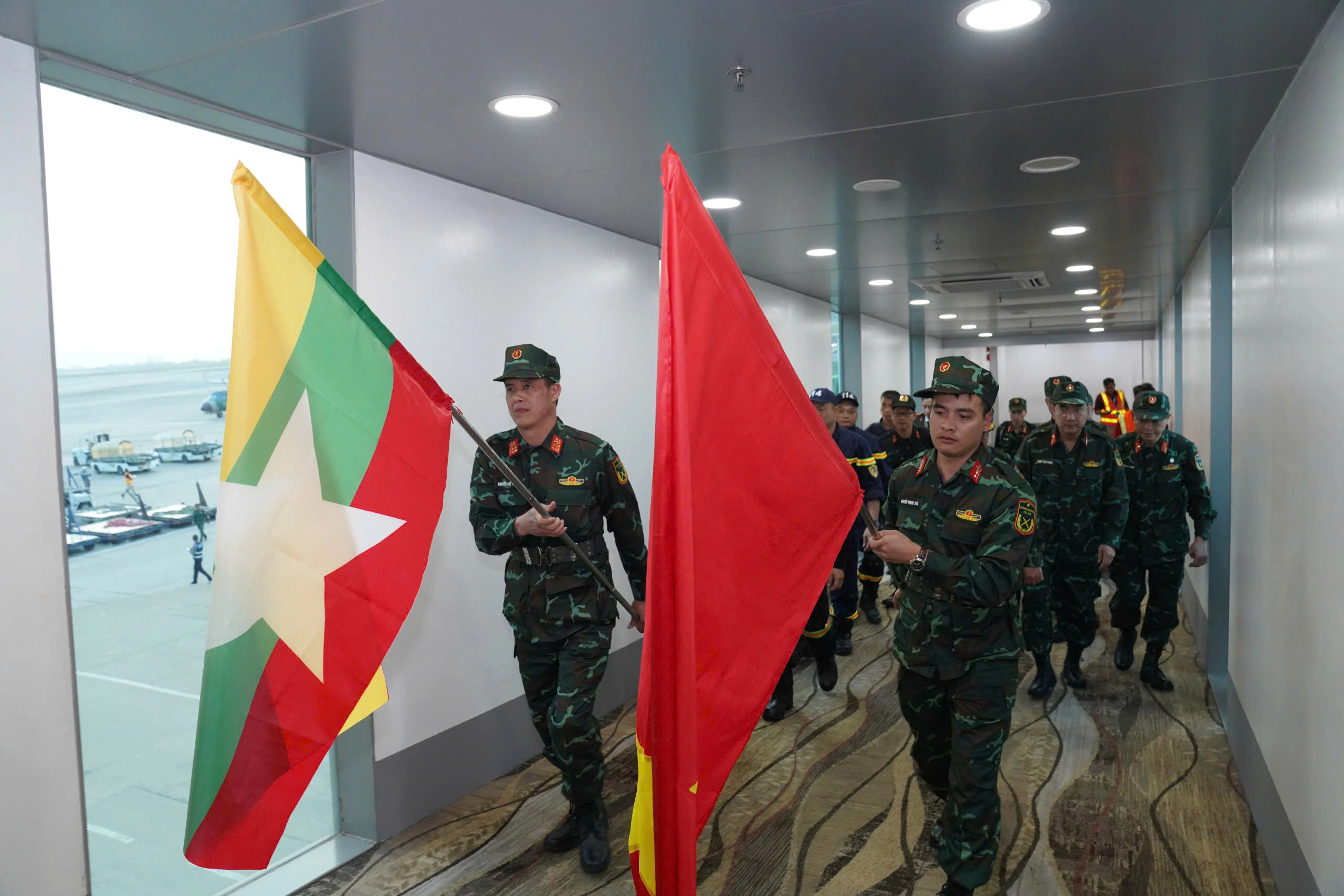

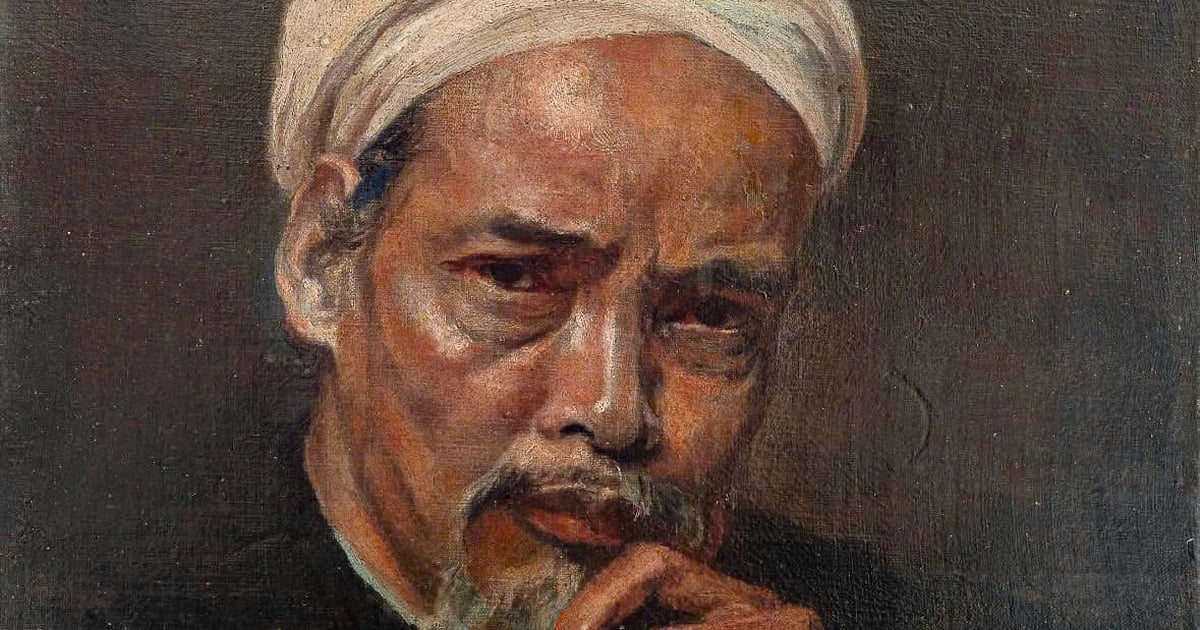

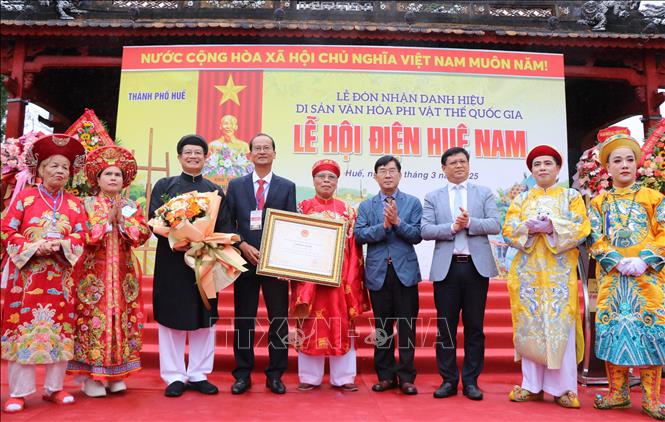








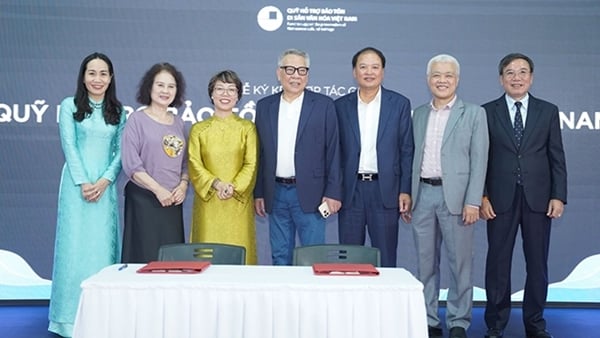
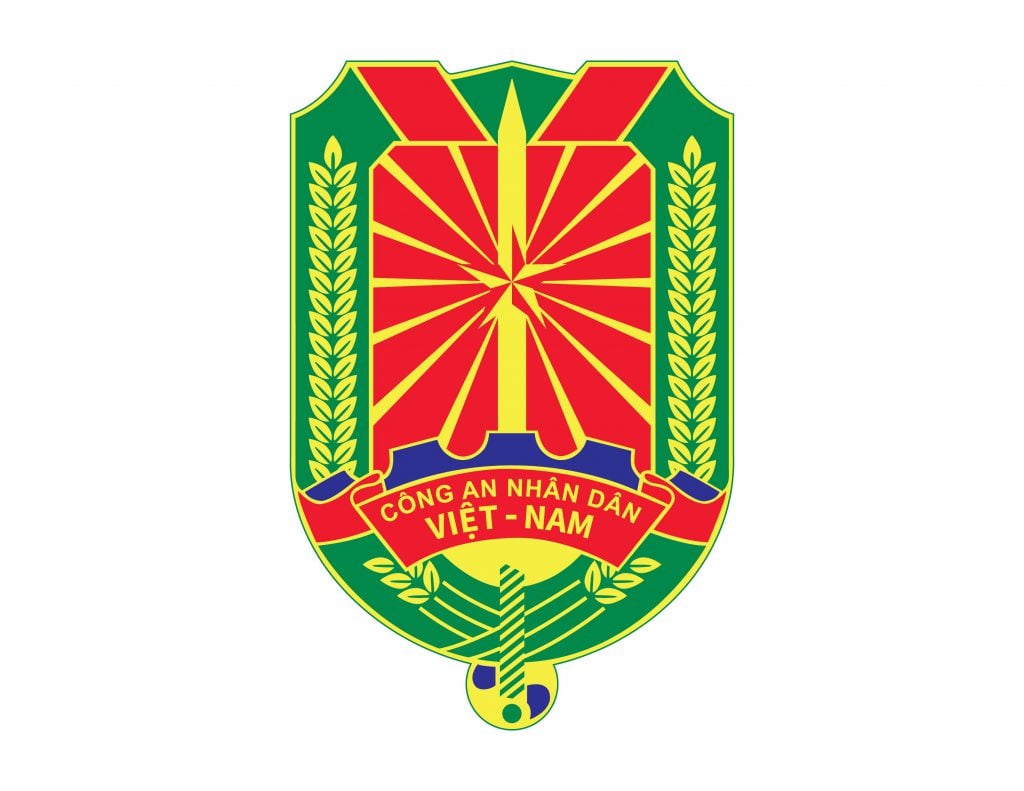
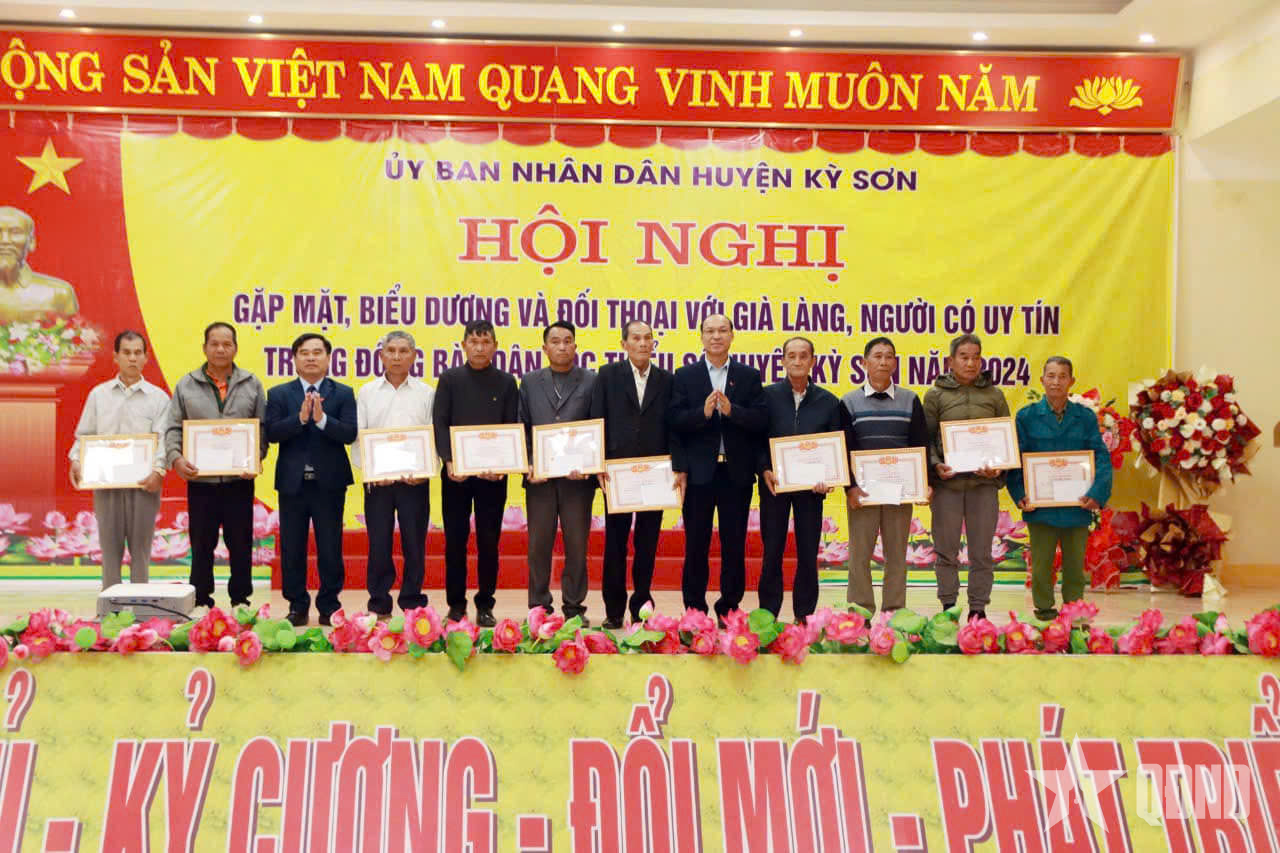






















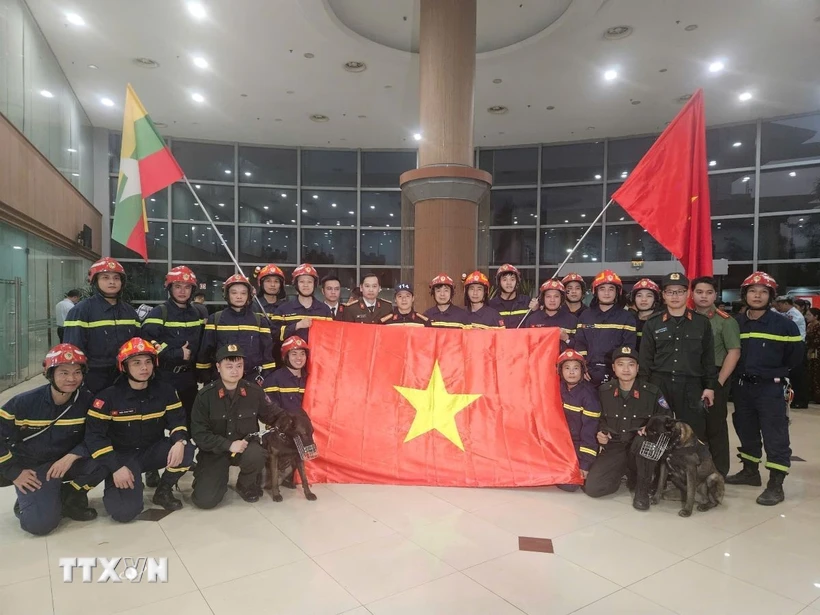
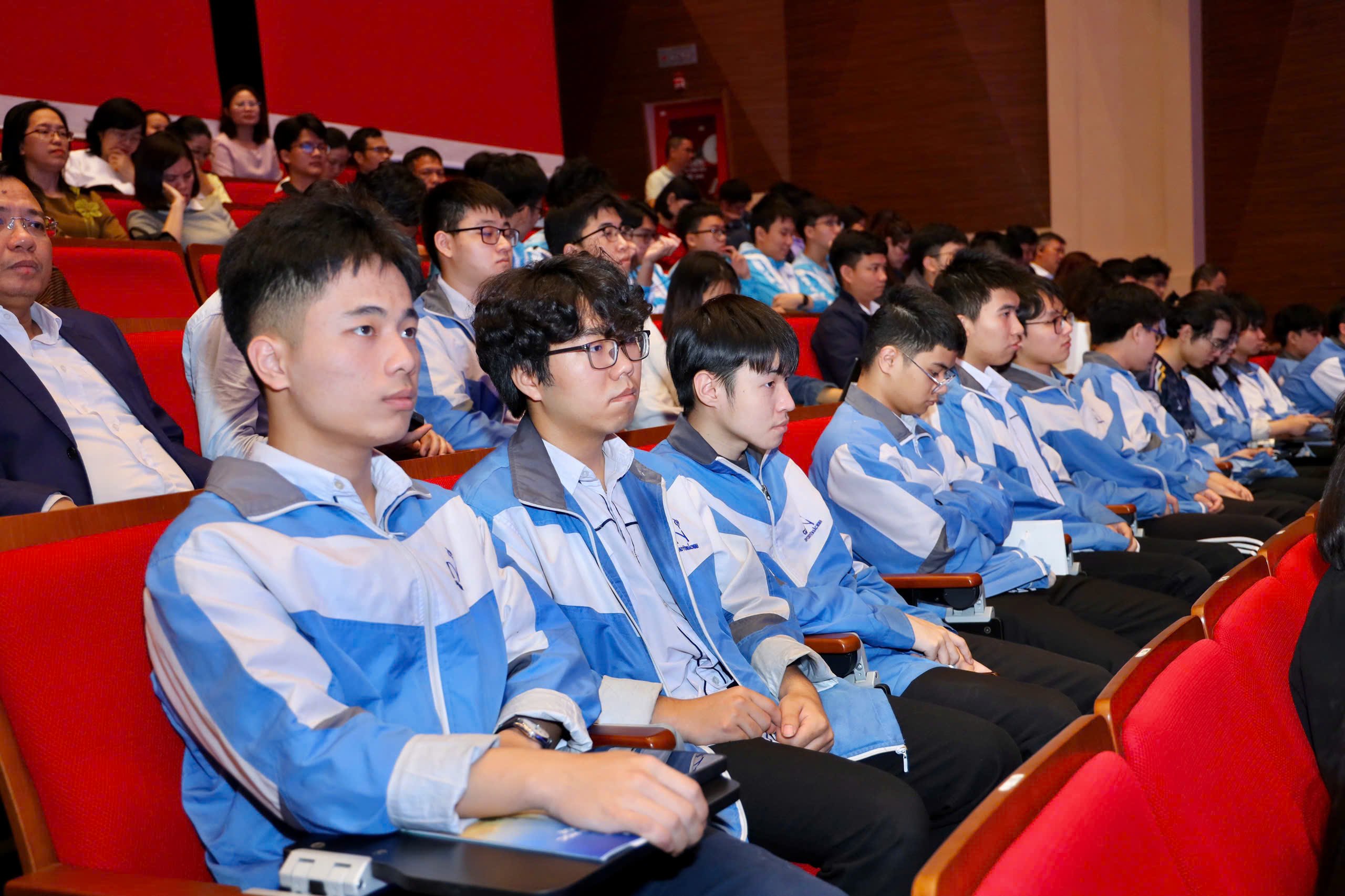

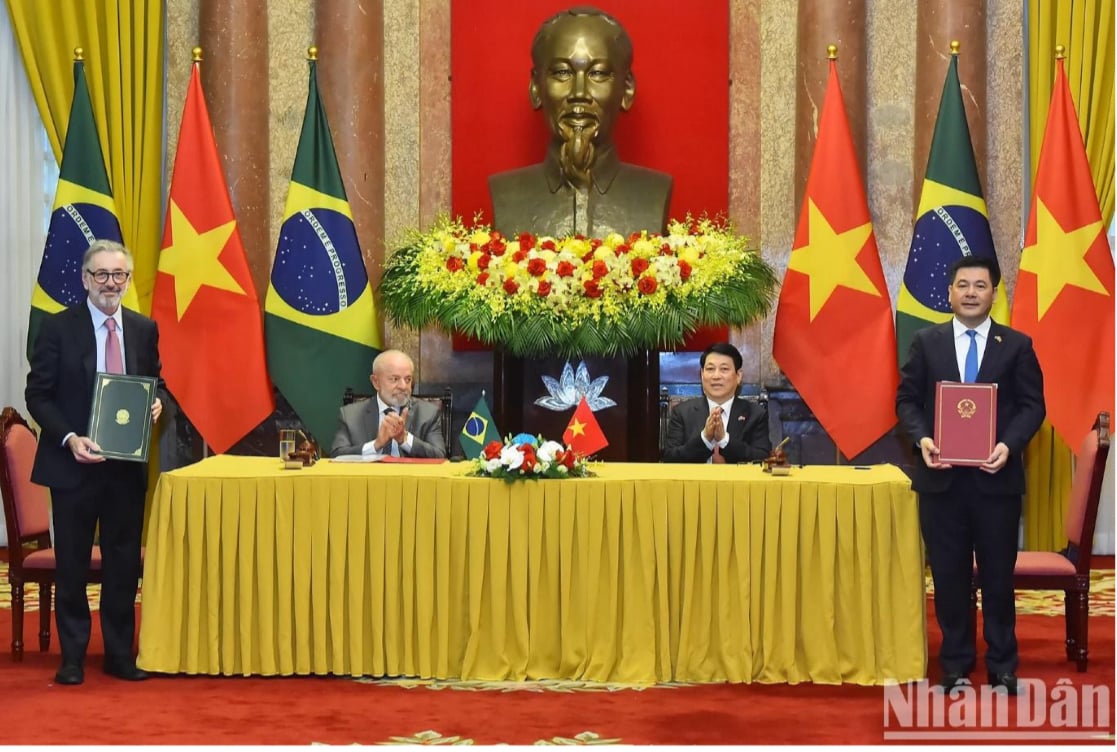




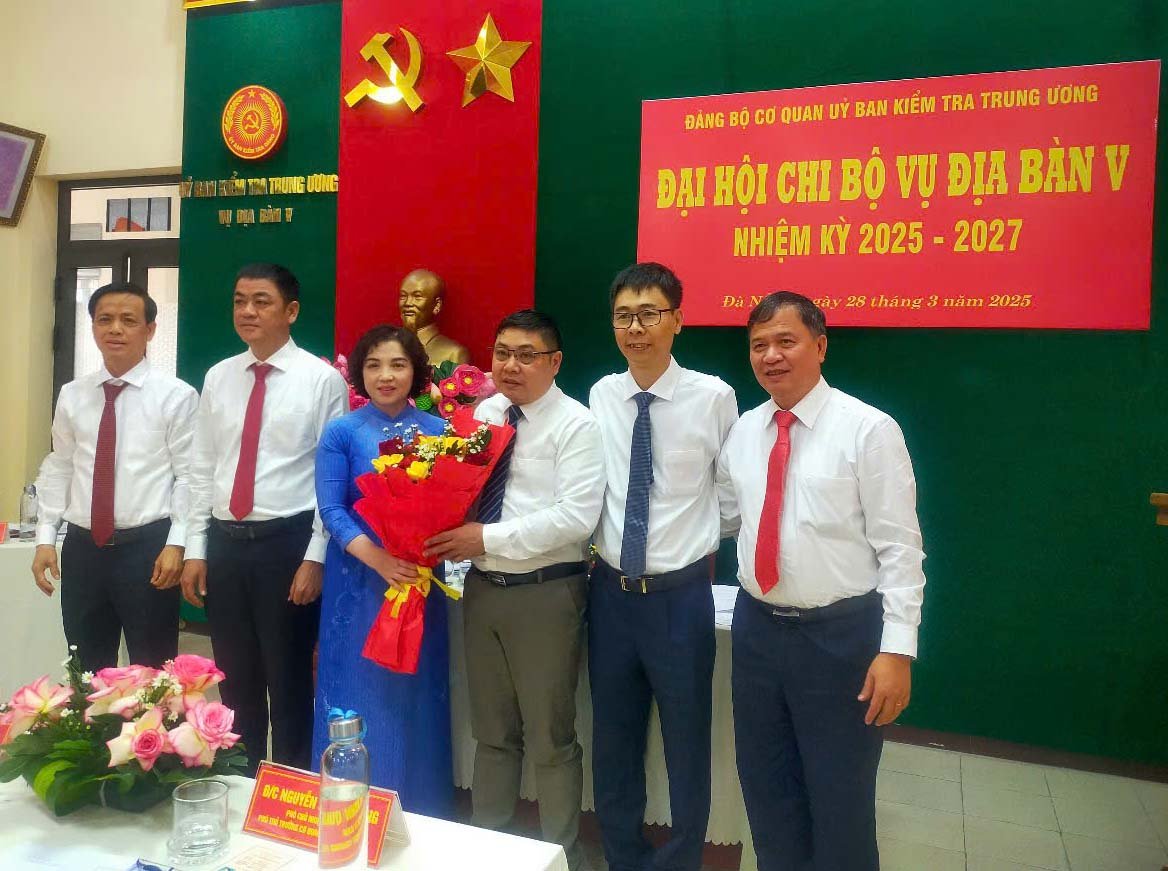

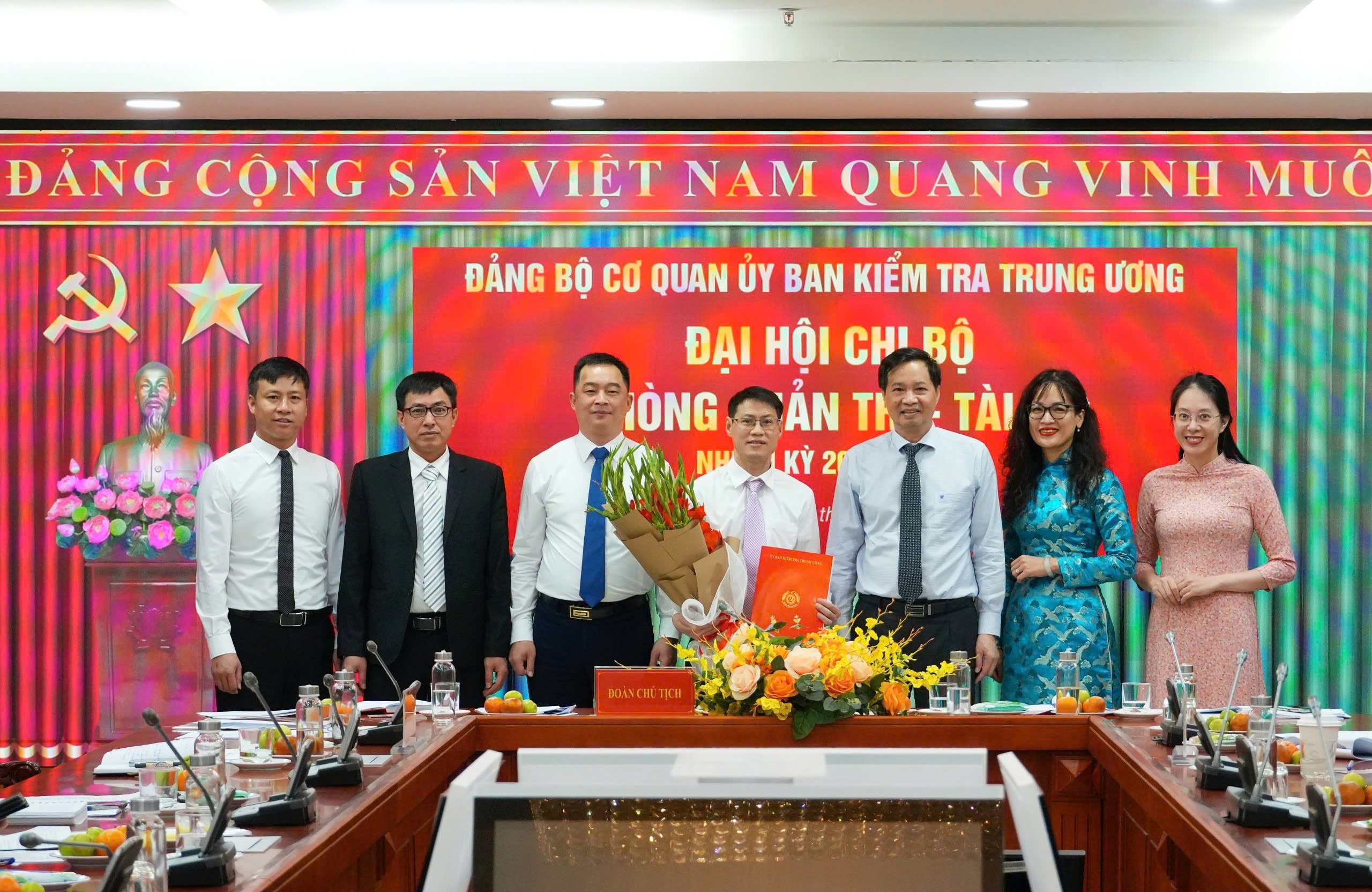


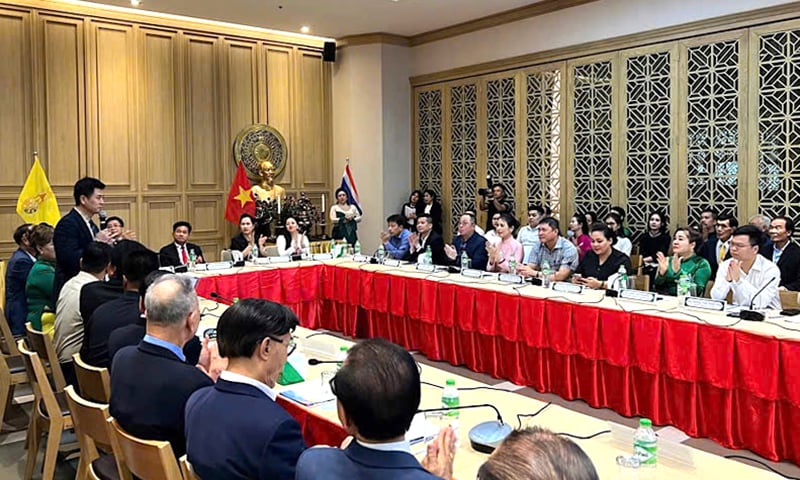





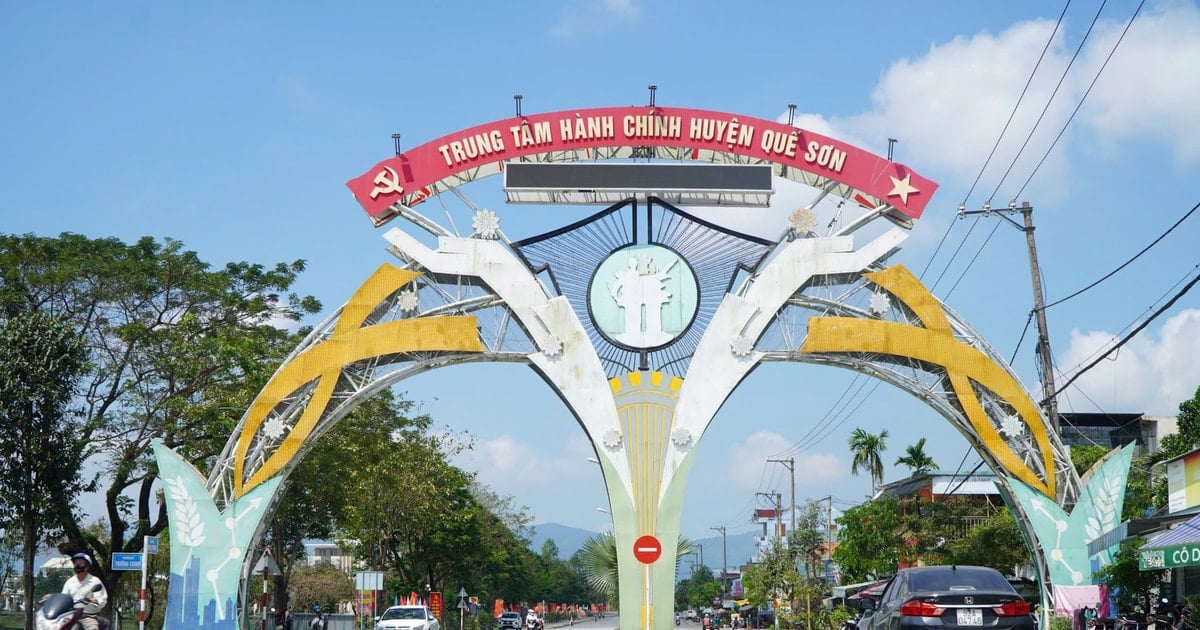




![[REVIEW OCOP] An Lanh Huong Vet Yen Cat](https://vstatic.vietnam.vn/vietnam/resource/IMAGE/2025/3/27/c25032328e9a47be9991d5be7c0cad8c)



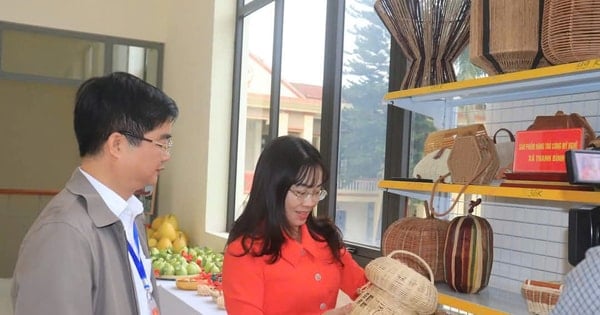
Comment (0)